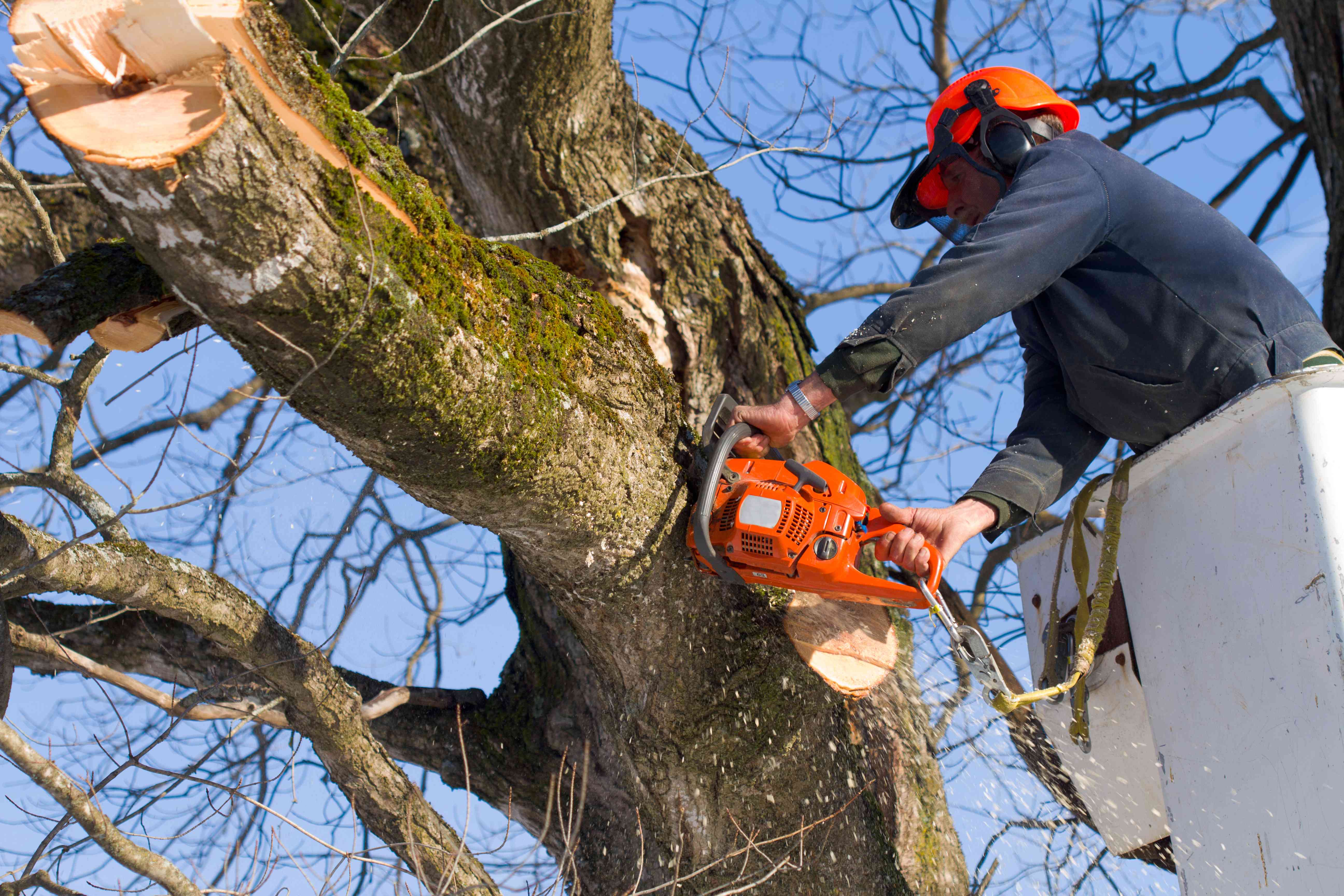
 Throughout the life of a tree, it will encounter several health problems caused by its surrounding environment. Trees are strong and durable, but without proper care, pests, diseases and extreme weather can severely hurt them.
Throughout the life of a tree, it will encounter several health problems caused by its surrounding environment. Trees are strong and durable, but without proper care, pests, diseases and extreme weather can severely hurt them.
Arborists would apply several pruning techniques to support the healthy growth of trees and routinely restore them to top health. But there is one tree care method that is still widely used today by irresponsible or uniformed homeowners that is doing trees more harm than good. They call this technique “topping.”
What is Topping?
Topping is an indiscriminate pruning method wherein the homeowner cuts tree branches to lateral branches or stubs and reduce them into sizes that are not large enough to sustain the remaining branch. Some arborists call this method “heading,” or “rounding over.” Many homeowners unknowingly use this technique to keep trees low or at a desirable size and thickness, in fear that large trees and branches may pose a hazard to their property.
Why Topping is Bad for Trees
The International Society of Arboriculture asserts that tree topping is not a viable method to reduce the height of trees and reduce the hazard. In fact, the ISA adds that it will make the tree more hazardous in the long term. Topping also results in many short-term and permanent damages to the tree, including tree stress, decay, sunburn, mutilation, which will in turn become hazards.
Topping involves removing about 50 to 100% of the leaf-bearing crown of a tree, which can starve a tree and make it vulnerable to insect and disease infestations. Cutting a tree means that its wood tissues will be exposed to natural hazards. Leaving a stub maintains an open pathway to decay.
Since topping weakens the crown’s production of leaves, the branches and trunk’s exposure to high levels of light will result in sunburn of the tissues and splitting of the bark, and even death of some branches. In the long term, these effects will create several hazards. The multiple negative effects of topping will make the shoots prone to breakage and less durable.
Alternative to Topping
Topping is a way of restricting or blocking the biological growth processes of a tree. The best alternative to keeping the trees low, aesthetically pleasing and safe is to hire a professional tree surgeon. An expert arborist would let the tree create a variety of shapes and growth habits naturally and work its way around those patterns. A true arborist would pay close attention to the natural form of the tree and use the right equipment and techniques necessary to improve the health, appearance and safety of trees.
Before picking up those pruning shears from the shed and snip away dead branches and twigs, a homeowner should first understand the natural development of trees and the basics of pruning. Without experience and wisdom, a DIY tree caring regimen can spell disaster.
